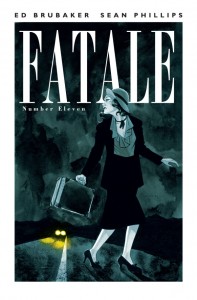 Most of the time, there’s only really two reasons that I can give people to pick up Fatale, written by Ed Brubaker with art by Sean Phillips, on an issue-by-issue basis rather than the trades. The first is that, even though up until now the stories in Fatale have been hugely decompressed, and arguably best read in one sitting as in a trade paperback reprint, buying individuals comics helps keep titles going and give you the chance to actually get a trade. But the second is the backmatter: essays by Jess Nevens- the guy who does the annotations for Alan Moore’s League of Extraordinary Gentlemen volumes – about the pulp horror stories, authors and magazines that form the influence of Fatale.
Most of the time, there’s only really two reasons that I can give people to pick up Fatale, written by Ed Brubaker with art by Sean Phillips, on an issue-by-issue basis rather than the trades. The first is that, even though up until now the stories in Fatale have been hugely decompressed, and arguably best read in one sitting as in a trade paperback reprint, buying individuals comics helps keep titles going and give you the chance to actually get a trade. But the second is the backmatter: essays by Jess Nevens- the guy who does the annotations for Alan Moore’s League of Extraordinary Gentlemen volumes – about the pulp horror stories, authors and magazines that form the influence of Fatale.
Yeah, well, forget all that shit, because neither one of them is true about Fatale #11. There is no backmatter in this issue, due to the vagaries of the holiday publishing schedule, and this issue isn’t really part of a long arc. Oh sure, the story features Josephine, the haunted femme fatale who makes men do anything she wants for some as-yet unknown reasons (although that rack probably helps, am I right, fellas? Hello? Is this thing on?), and we get to see Alfred Ravenscroft, the H. P. Lovecraft-inspired author of Elder Gods-style tales who has been a presence throughout the book until now, but for the most part, this issue is a one-and-done about how those two characters meet for the first time. And while it helps to know who these characters in order to fully enjoy the story, for once, it’s not utterly necessary. If you’ve been missing Fatale, this issue is a reasonable place to jump in for short money and get to know Josephine, her power and how she effects people, and some of the underpinnings of the greater story at large.
So if you’ve had any interest in checking out Fatale but haven’t gotten in on the ground floor, this is as good a place to give it a shot as any… but does that mean it’s any good?
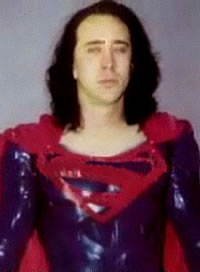
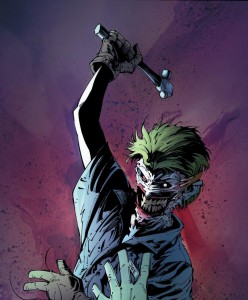

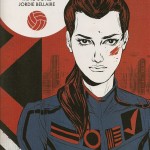
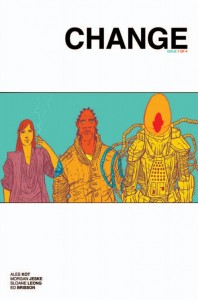
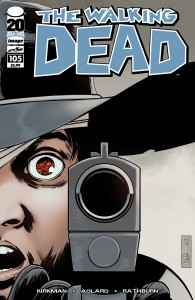
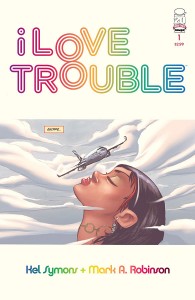
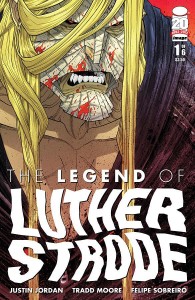
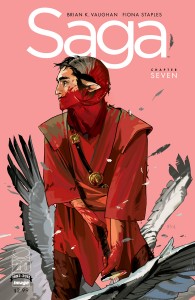
 Podcast RSS Feed
Podcast RSS Feed iTunes
iTunes Google Play
Google Play Stitcher
Stitcher TuneIn Radio
TuneIn Radio Android
Android Miro Media Player
Miro Media Player Comics Podcast Network
Comics Podcast Network